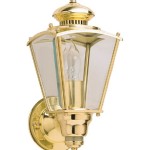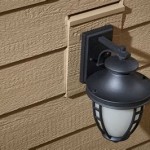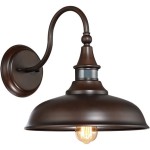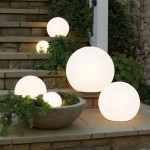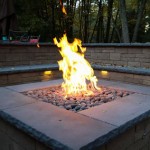What Is the Best Wood Treatment for Outdoors?
Outdoor wood is exposed to a multitude of harsh elements, including rain, sun, wind, and temperature fluctuations. These elements can cause wood to rot, decay, and lose its structural integrity. To protect outdoor wood and extend its lifespan, it's crucial to apply appropriate treatments. The best wood treatment for outdoors depends on the type of wood, its intended use, and the desired aesthetics. This article will explore the most common wood treatment types, their features, and considerations for selecting the right option.
1. Oil-Based Wood Treatments
Oil-based treatments, such as linseed oil, teak oil, and tung oil, penetrate deeply into the wood, providing a protective barrier against moisture and UV rays. These oils enhance the natural beauty of the wood by creating a rich, warm finish. They are also known for their durability and resistance to weathering. However, oil-based treatments require regular reapplications, typically every 6-12 months, depending on the climate and usage.
Linseed oil is a popular choice due to its affordability and ease of application. Teak oil is specifically designed for teak wood, known for its natural oil content. Tung oil is highly durable and provides excellent water resistance. While oil-based treatments offer a natural look, they might not be suitable for areas with high foot traffic or heavy wear and tear.
2. Water-Based Wood Treatments
Water-based treatments, such as stains and sealants, are becoming increasingly popular due to their eco-friendly nature and low VOC content. These treatments offer a wide range of colors and finishes, allowing homeowners to customize the look of their outdoor wood. Water-based treatments are generally easier to apply than oil-based options, and they dry quickly, minimizing the risk of dust and dirt accumulation.
Stains penetrate the wood pores, providing color and protection against UV rays. Sealants create a protective barrier on the surface of the wood, preventing moisture penetration and enhancing durability. However, water-based treatments may require more frequent reapplications than oil-based treatments, especially in areas exposed to heavy rainfall or harsh weather conditions.
3. Wood Preservatives
For wood structures that require high levels of protection against rot, decay, and insect infestation, wood preservatives are essential. These treatments are typically applied by pressure treatment, where the preservative is forced into the wood under high pressure. Wood preservatives contain chemicals that inhibit fungal growth and insect activity, making them ideal for outdoor structures such as decks, fences, and sheds.
Commonly used wood preservatives include copper-based solutions, which are known for their effectiveness in preventing fungal growth. Arsenic-based preservatives were once widely used, but their environmental impact has led to their phasing out in many regions. While wood preservatives provide robust protection, they may not be suitable for all applications, particularly where aesthetics are a priority, as they can alter the natural appearance of the wood.
4. Paint
Painting is a highly effective way to protect outdoor wood from the elements and provide a vibrant, lasting finish. Paint offers various colors, textures, and finishes, allowing homeowners to express their personal style. It also creates a protective barrier that prevents moisture penetration and UV damage. However, painting requires proper preparation, including sanding and priming, to ensure optimal adhesion and durability.
Choosing the right type of paint for outdoor wood is crucial. Oil-based paints are known for their durability and long-lasting color, while latex paints are more environmentally friendly and easier to clean. Regardless of the paint type, regular maintenance, such as repainting every few years, is necessary to maintain its protective properties and prevent fading or peeling.
5. Considerations for Choosing the Best Treatment
When selecting the best wood treatment for outdoors, consider the following factors:
- Wood type: Different wood species have varying levels of natural durability. Softwood, such as pine, requires more protection than hardwood, such as teak or cedar, which naturally resist weathering and decay.
- Intended use: Consider the purpose and location of the wood structure. For example, a deck will require a different treatment than a fence or shed.
- Aesthetics: Determine the desired look and feel of the wood. Some treatments enhance the natural beauty of the wood, while others offer a more decorative finish.
- Maintenance requirements: Evaluate the amount of time and effort you're willing to invest in maintaining the treatment.
- Environmental impact: Consider the eco-friendliness of the treatment and its potential impact on the environment.
By carefully considering these factors, you can select the best wood treatment for your outdoor project, ensuring long-lasting protection and aesthetics.

What Is The Best Exterior Wood Treatment Finishes Direct

When And How Often To Treat Outdoor Wood Finishes Direct

How To Treat Wood For Outdoor Use 3 Methods Explained

Exterior Wood Stain Guide The Home Depot

When And How Often To Treat Outdoor Wood Finishes Direct

5 Ways To Treat Exterior Wood Ideas Advice Wickes Co

How To Treat Wood For Outdoor Use 3 Methods Explained

What Is The Best Paint For Exterior Wood

What Is The Best Exterior Wood Treatment Finishes Direct

What Is The Best Paint For Exterior Wood
Related Posts
